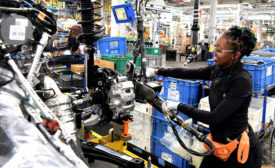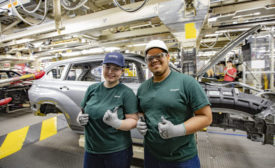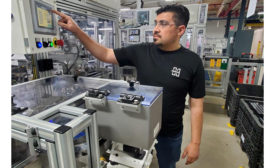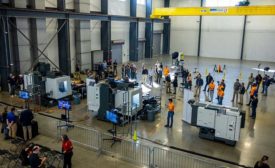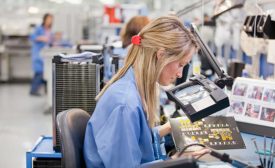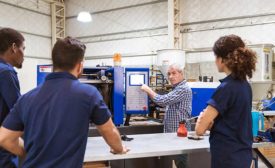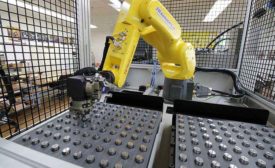Home » Keywords: » skilled labor shortage
Items Tagged with 'skilled labor shortage'
ARTICLES
Assembly News Now—Episode 3
Mexico Surpasses China as America’s Top Trade Partner
March 5, 2024
Never miss the latest news and trends driving the manufacturing industry
Stay in the know on the latest assembly trends.
JOIN TODAY!Copyright ©2024. All Rights Reserved BNP Media.
Design, CMS, Hosting & Web Development :: ePublishing


.jpg?height=168&t=1709752121&width=275)

